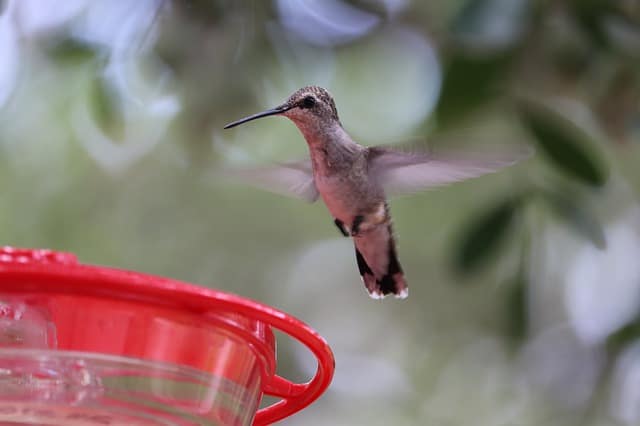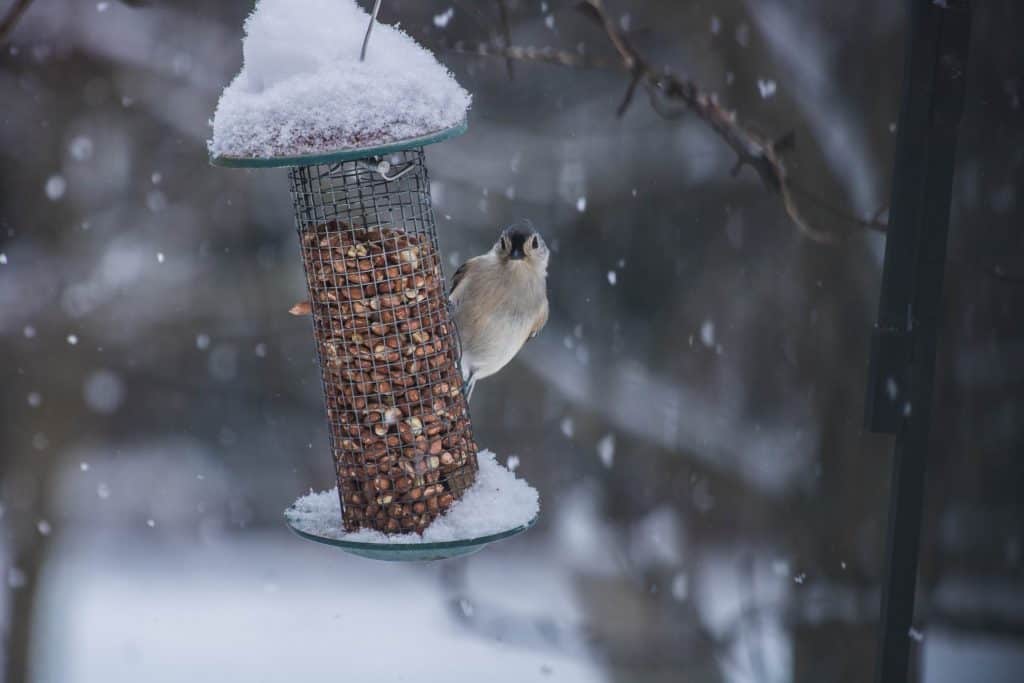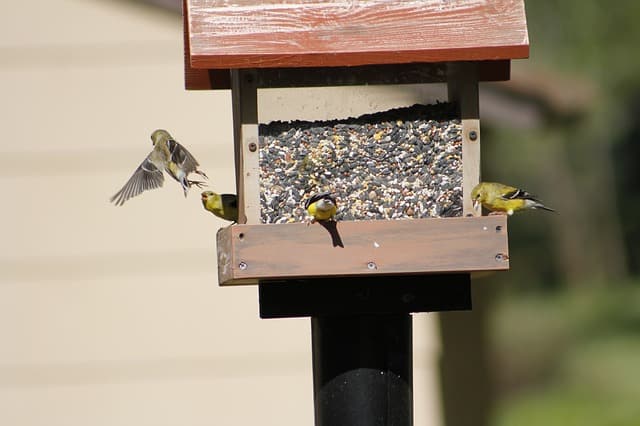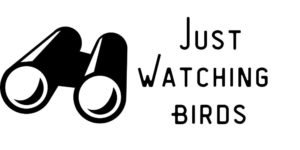As an Amazon Associate, we earn from qualifying purchases with no additional costs for you.
Figuring out how to attract birds to a feeder isn’t all fun and games. Bird feeders are a great addition to any yard. Bird feeders, like the best hummingbird feeders, are a cute and easy way to add decoration. They create an essential supply of food for birds that would go hungry otherwise.
To attract birds to a feeder, use a variety of seeds like sunflower and millet. Place the feeder near trees or bushes for safety. Clean the feeder regularly and provide fresh water nearby. Patience is key—birds may take time to discover a new food source.
However, if you don’t know how to attract birds to a feeder, your functional addition to your yard becomes nothing but a decoration or an all-you-can-eat buffet for some rowdy squirrels. Once they discover your food source, getting rid of them could prove to be a tough nut to crack.
TIP: If you want to check out the best pair of binoculars for bird watching, we recommend a pair of waterproof and fog-proof 8 x 42 binoculars like the Celestron – Outland X 8×42 Binoculars (Amazon link).
How To Attract Birds To A Feeder

In America, Henry David Thoreau was the first to record bird feeding in 1845. In the 1920s, the first commercially marketed bird feeder, designed for hummingbirds, became available to the public.
Since then, feeding birds has become even more popular and exploded into a multi-million dollar market, and more people than ever are eager to learn how to attract birds to a feeder.
In order to successfully learn how to attract birds to a feeder, you need to be able to identify what kind of birds you have. You’ll need to know what birdseed works best for the birds around them. From there, it’s all about picking a feeder.
TIP: Knowing how to spot the birds in your yard is key to enjoying visits from your winged friends as much as possible! The best sources are trusted books, I recommend using the following (Amazon links):
– National Geographic Field Guide to the Birds of North America
– National Audubon Society Birds of North America
Winter Birds Need Different Feed

Methods of how to attract birds to a feeder vary depending on the time of year. The seeds you keep out during the winter should be nutritious, and the path to the feeder should be clear so it’ll be easy to change the seeds frequently.
During winter, naturally occurring food sources for birds are scarce. It’s especially important to keep fresh birdseed out during these months, as birds who do not migrate have to eat more to store fat and stay warm.
Best Winter Bird Seeds
Knowing how to attract birds to a feeder begins with putting out food that they want and need to eat.
Sunflower Seeds
The black oil sunflower seed is the most common type found in birdseed mixes. The shells are thinner than striped sunflower seeds, making them easier for small birds to crack.
The seeds have a higher oil content and contain more calories per seed than striped sunflower seeds.
Peanuts
Peanuts that have been shelled contain a high amount of protein and fat, making them the perfect seed for a winter bird.
The birds will be able to crack them open since they’re relatively small, making them accessible for all types of birds. They contain enough protein and fat to provide energy to bigger birds.
No bird left behind.
White Millet Seeds
White millet seeds are high in protein and appeal to a wide range of birds. Place these in regular feeders for birds like finches and scatter them directly on the ground, or place them in a lower dish for birds like doves or quail.
Not only will this teach you how to attract birds to a feeder normally, but it will also give you exposure to different types of birds and their different eating habits.
TOP TIP: Birdseed ornaments are a great way to attract birds to your yard. Read all about them here. A window bird feeder is a great way to observe birds without disturbing them. This article explains how.
Different Types Of Bird Feeders

Learning how to attract birds to a feeder means finding the correct feeder. Any bird can use any feeder, so your yard, climate, and level of commitment to the hobby are the biggest factors to consider.
Tray or Platform Feeders
Tray feeders offer the seeds the least protection against the environment. They do not protect seeds against the elements.
Tray feeders need excellent drainage to keep the seeds from becoming too wet, making them a more time-consuming option.
The birdseed needs to be changed daily and the feeder itself will need to be cleaned out before every change. This will prevent bacteria from growing and get rid of any droppings that may have fallen in.
One word: squirrels.
Platform feeders quickly become the home base for one squirrel and, soon, all of their friends.
Since these feeders are just open troughs full of seeds, you’ll probably end up in need of a squirrel baffle to keep them from taking over. Fighting this battle without a squirrel baffle is sure to drive you nuts.
House Feeders
If you’re searching for answers on how to attract birds to a feeder while also keeping it cute, a house feeder is a top contender.
House feeders aren’t just a mediocre shop class project anymore. Also called hoppers, house feeders do a good job of protecting the seeds from rain and snow.
Hoppers hold more seeds than a tray or platform feeder, making it a little easier to maintain. House feeders can hold a larger volume of seeds than some other options, meaning the seeds need less frequent changes.
Less frequent changes pose a risk of bacterial growth if the seeds do manage to get wet, and it can be more dangerous for the birds if the keeper doesn’t notice and change the seeds in time.
House feeders are perfect for squirrels to call home, so a squirrel baffle will be needed.
Window Feeders
Window feeders are going to give you the best chance of seeing the bird of your dreams; they suction right to your window frame to give you close-up views of the birds you attract.
They also prevent window collisions better than any other feeder because of their placement. Window feeders will allow you to maintain the seeds and discover how to attract birds to a feeder while also discovering the birds themselves.
Window feeders are usually clear to allow for the best view of the birds, and they come in several designs.
If you choose to go with a tray or house feeder design, the standard risks and cleaning habits will apply. However, as long as the feeder isn’t close to outdoor furniture or trees, squirrels will not be able to get to the seed.
TIP: Choosing the right bird feeder is crucial when you want to attract birds on your backyard. There are a lot of options on how and where to place a bird feeder. Check out my picks on different bird feeders below (Amazon links):
– Free-standing Bird Feeder
– Hanging Bird Feeder
– Bird Feeder with Camera
Tube Feeders
Tube feeders are a very popular option when it comes to bird feeders. A plastic top and base protect the seeds from getting wet, and the metal keeps bird waste from getting in.
The size of the bird feeder can vary depending on the type of birds you have and what you want to see. The small metal openings keep the structure mostly squirrel-proof. Since the tube has plastic ends that usually extend an inch or more below the metal portion, excess seeds collect there and make it easy for bacteria to grow.
There is more wiggle room in changing the seeds than with tray or house feeders. However, regular changes are still a necessity. Squirrels are able to chew through the plastic parts of the feeder.
How To Properly Use A Bird Feeder
As you learn how to attract birds to a feeder, it’s important to remember that it’s a commitment that will be time-consuming and has the potential to do more harm than good if not taken seriously.
How To Clean A Bird Feeder
How to attract birds to a bird feeder begins with making sure it stays clean. Wipe out the feeder with a damp paper towel or a bottle brush with every seed change.
If there is mold in the bird feeder, clean it out with a dilute bleach solution or a store-bought bird feeder cleaner.
Where To Store Extra Birdseed
If not stored properly, birdseed can be a free-for-all for rodents, insects, and other animals. That won’t teach you how to attract birds to a feeder or leave a very good taste in your mouth about the hobby in general.
It’s best to store extra birdseed in an airtight container inside. If you buy in bulk, repackage the extra birdseed in storage bags and then store them in plastic containers. The seeds can be frozen, but be sure to avoid the refrigerator.
TIP: Are you looking for high-quality food for wild birds on your backyard? I recommend using Wagner’s products with the highest quality grains used in blending and made in the USA (Amazon links):
– Deluxe Treat Blend Wild Bird Food
– Eastern Regional Wild Bird Food
– Western Regional Wild Bird Food
– Midwest Regional Wild Bird Food
– Southern Regional Wild Bird Food
When To Change The Birdseed in A Birdfeeder
The cardinal rule of how to attract birds to a feeder: keep your feeders clean and your food supply fresh.
Some require less frequent changes, but birdseed should be changed a minimum of twice a week. Clean out the feeder as soon as possible if you notice that your seeds are off or see a decrease in birds.
Don’t Just Wing It
How to attract birds to a feeder is mistaken for being simple; you put out a feeder, put out the birdseed, and then you wait.
Novice birdwatchers often overlook everything that goes into preparing birdfeeders. Learning how to attract birds to a feeder and keeping the food fresh is as important as providing the food.
Once you get the hang of it, though, you’ll have feathered friends for life.
Do you have any tips on attracting birds to your feeders? Share them in the comments below.

